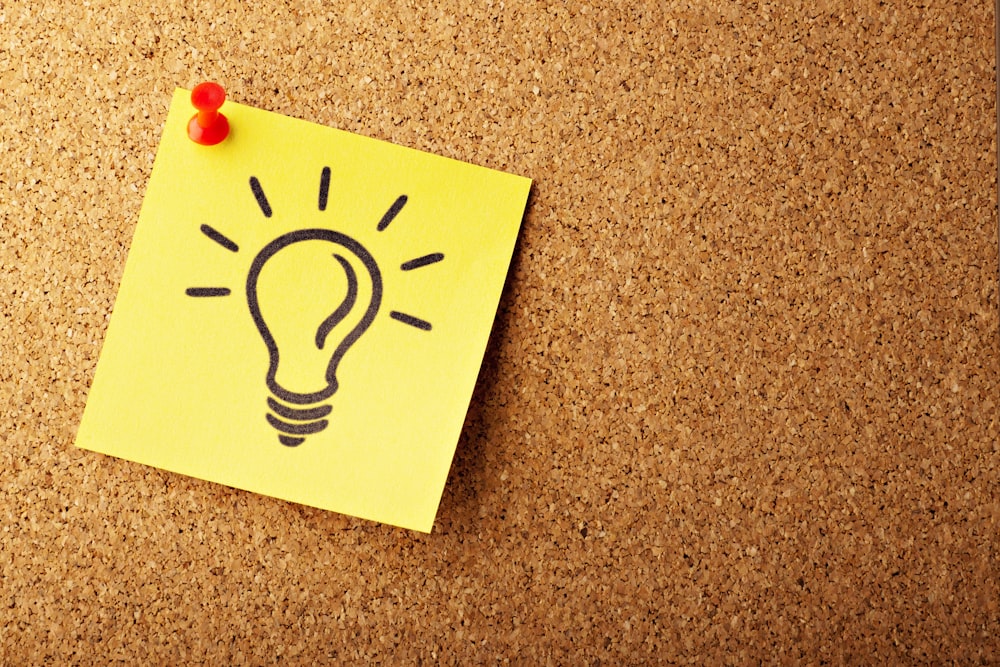How to Improve Your SaaS Customer Success Program

Photo by Petr Macháček @ unsplash
Suppose you have a SaaS company with 10,000 customers. Over the course of a year, how many do you expect to keep, and how many should you expect to leave you, seeking greener digital pastures? Well, according to recent stats, if your company is like others, you can expect to see 2,200 of them, or 22%, look for another solution. Many SaaS business models simply can't handle a churn rate that high.
Explore this: How Conscious Leaders Drive A Customer Service Mindset

One of the most effective ways of reducing customer churn and boosting sales is to focus on customer success. When it comes to SaaS, automating customer success may seem similar to product optimisation, but in practice, the two often involve very different action steps. Here's your guide a customer success as a SaaS company, including some specific tips—to make it easier for you to keep more of that 22% of your customers.
Why Do SaaS Customers Leave?
Preventing churn should begin with understanding exactly why it happens. Here are some of the top reasons why SaaS customers leave and how to address them:
- Customers no longer see the value of your SaaS offering. To fix this, you need your customer service reps to constantly offer ideas regarding how your SaaS solution can approach and meet customer needs.
- Customers get frustrated during the onboarding process as they try to learn the software. This can be addressed using compassionate, patient customer service and support reps that devote extra time to guidance during onboarding.
- It took too long to resolve a problem. The key to preventing churn due to unsatisfactory problem-solving is frequent communication. A day shouldn't go by without providing each of your customers with at least one update. You should also ask them honest questions about how they feel, not just after but during the customer support process.
- Other decision-makers in your customer's company choose a better-known brand. To avoid churn resulting from inadequate brand recognition, you can provide collateral, such as videos and infographics, that underscore your offering's unique value. Advocates for your solution can present these to others—or you can do it for them during a brief virtual meeting.
What Is Customer Success in the SaaS World?
Customer success involves your customers succeeding, but as simple as that sounds, it's still one of the most misunderstood terms in the SaaS world. To get a comprehensive view of customer success, it's important to break it down into its most important components:
- When customers succeed at delivering products or services more efficiently than they would have without your SaaS solution
- When customers feel empowered by your SaaS sales and support staff, meaning they're comfortable coming to you for help and they feel valued throughout the process
- When customers make more money after implementing your solution
- When your clients' employees feel your SaaS offering makes their jobs easier
This may interest you: The Key Driver in Customer Experience

For the most part, customer success involves one or more of these elements.
Who's Responsible for SaaS Customer Success?
The short and only somewhat accurate answer is "everybody." While this may be true, it's not specific enough, which makes it hard to drill down to the specific action steps "everybody" has to take to ensure customer success. To make it easier to design your customer success action steps for each person responsible, here are some of the success "keyholders" your company should identify:
A Chief Customer Officer (CCO)
A Chief Customer Officer (CCO) is responsible for ensuring that interactions between customers and your SaaS product, as well as the people who build and support it, are positive and productive.
However, in many companies, the CCO has a long list of duties, which may, at times, dilute even a competent CCO's effectiveness. For example, a CCO may have to attend conferences and present product features to attendees. He or she may also have to run a booth while there. In addition, this person may be called upon to attend meetings and dinners with existing and potential customers.
Supplementary reading: Effectively Boosting Online and Offline Customer Engagement in 2023

Wearing so many hats can be a challenge, so here are some tips your CCO can use to simplify and reduce the tasks at hand:
- Create customer success rubrics for different situations, including those involving end-users interacting with your product, sales reps interfacing with clients, and owners interacting with potential clients.
- Delegate responsibilities to one or more other people on your team. For example, you can have one person be mindful of customer satisfaction in customer support situations. At the same time, you can have someone else advocate for customer success priorities as a product gets developed.
- Automate your data collection systems. When you have to collect survey data or even just brief statements about how well a product is working for your customers, you should automate at least the collection and aggregation of the data. You can also use customer service software to perform data analysis on your results, which could save even more time.
A Customer Success Manager
Customer success managers are very different from Chief Customer Officers because they're responsible for ensuring customer success for a specific team instead of across your organisation. Here are some customer success managerial roles that many SaaS companies may have:
- Product development. In order to answer questions such as, "How well is this solution helping our users get better results in less time?" this person works side-by-side with your product development team and interfaces directly with programmers and Ui and UX folks.
- Customer support. This individual oversees how well the support team achieves resolution for customer support tickets.
- Onboarding support. This person makes sure the customer is comfortable at all phases of the onboarding cycle, including immediately after. At times, a manager may stay on the same account for years or, in some situations, hand a customer over to a long-term success manager.
- Long-term customer support. This is someone who is always available—or who delegates a team member to be available—whenever a customer needs help with getting the most out of your SaaS solution.
Read more: 6 Easy Ways to Incorporate Client Feedback in Your Business
In small organisations, it's common for one person to assume two or more of these roles. However, that doesn't mean these roles should be clumped together. Each role requires different sensibilities, action plans, and follow-through.
For instance, if you handle both onboarding and long-term customer support, you can expect very different experiences as you fulfil each role. As an onboarding customer support manager, you may have to spend considerable time on a virtual phone system or via videoconference to resolve relatively rudimentary issues.
On the other hand, when assuming the role of a long-term customer success manager, your interactions with customers may involve providing them with creative ideas as to how to get even more from your SaaS solution. For example, you may have to walk them through how to set up a new automation or customise a dashboard to simplify specific workflows.
A Vice President (VP) of Customer Success
Your VP of customer success takes on a high-level managerial role and may be responsible for customer success as it applies to a range of departments. One thing that sets a VP of Customer Success apart from a Chief Customer Officer (CCO) is that a VP interfaces directly with company executives. In this way, this person makes sure the higher-ups know exactly how customer success efforts are panning out.
Yet a VP of customer success also needs to be willing to get into the trenches with those who are engineering customer success on a daily basis. This may involve:
- Listening in on support calls
- Providing direct feedback and learning tools to salespeople and onboarding staff
- Having meetings with those who interact with customers to gather their feedback about how things are going

In addition, VPs of customer success should look at themselves as customer success architects. In other words, they build out short- and long-term customer success strategies for different departments and even types of customers.
For example, a VP of customer success may have to segment your SaaS company's customers into discreet groups, such as:
- Larger companies
- Small-to-medium-sized companies
- Individuals
- Long-time customers
- Brand new customers
This person will then work with team members to architect customer success plans for each group. In this way, the company can avoid using a presumptive "one-size-fits-all" approach.
Be sure to not miss this: Connecting With Customers: Keep It Short And Simple
Conclusion
Investing in customer success is a critical component to growing your business; as stated previously, no two customer success plans are identical. As the owner of a SaaS company, you must make sure that your customer success program is optimised based on the needs and expectations of each individual customer. By creating a solid strategy for how you support customers, you increase the chances of delivering an experience that leads to customer loyalty and generates positive brand perception. Through regular use and engagement with these initiatives, you will also be able to capture valuable data insights to determine what works and what doesn’t—allowing your team greater visibility into opportunities for change and growth. Ultimately, building an effective customer success plan isn’t easy nor can it be done overnight; however, when implemented correctly and maintained diligently, they present a tremendous opportunity for you to retrieve reliable value from your SaaS customers.

Be sure to check out the media below:
Leaderonomics.com is an advertisement-free website. Your continuous support and trust in us allow us to curate, deliver and upkeep the maintenance of our website. When you support us, you enable millions to continue reading for free on our website. Will you give it today? Click here to support us.
Business
Dan Annetts is the Director of Outreach & PR at 800.com Dan comes from a content marketing and technology background with a passion for SAAS technology. When he's not burrowed in his laptop, you will often find him in the fields with his beloved dog, Lola.





